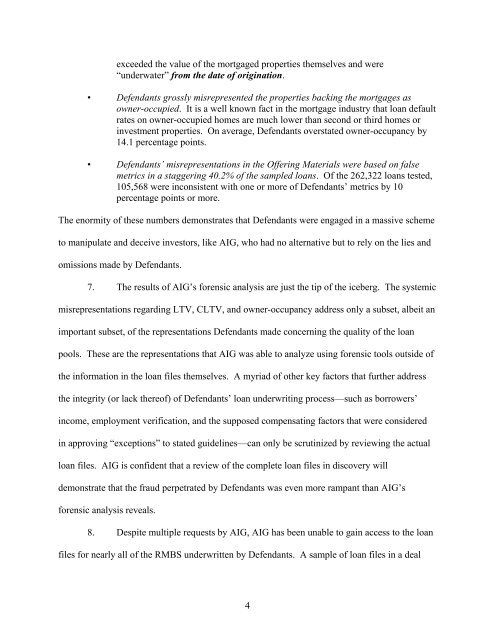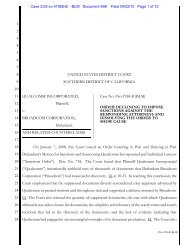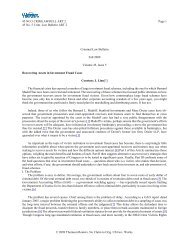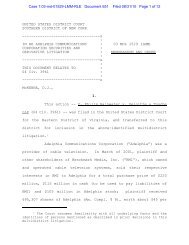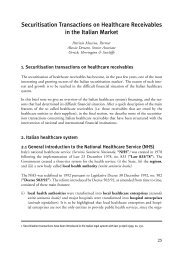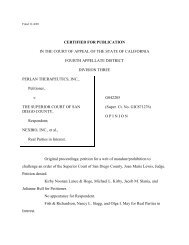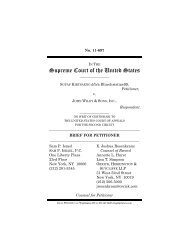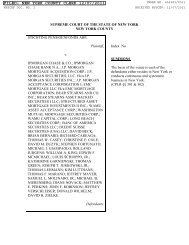SUPREME COURT OF THE STATE OF NEW ... - New York Times
SUPREME COURT OF THE STATE OF NEW ... - New York Times
SUPREME COURT OF THE STATE OF NEW ... - New York Times
You also want an ePaper? Increase the reach of your titles
YUMPU automatically turns print PDFs into web optimized ePapers that Google loves.
exceeded the value of the mortgaged properties themselves and were<br />
“underwater” from the date of origination.<br />
• Defendants grossly misrepresented the properties backing the mortgages as<br />
owner-occupied. It is a well known fact in the mortgage industry that loan default<br />
rates on owner-occupied homes are much lower than second or third homes or<br />
investment properties. On average, Defendants overstated owner-occupancy by<br />
14.1 percentage points.<br />
• Defendants’ misrepresentations in the Offering Materials were based on false<br />
metrics in a staggering 40.2% of the sampled loans. Of the 262,322 loans tested,<br />
105,568 were inconsistent with one or more of Defendants’ metrics by 10<br />
percentage points or more.<br />
The enormity of these numbers demonstrates that Defendants were engaged in a massive scheme<br />
to manipulate and deceive investors, like AIG, who had no alternative but to rely on the lies and<br />
omissions made by Defendants.<br />
7. The results of AIG’s forensic analysis are just the tip of the iceberg. The systemic<br />
misrepresentations regarding LTV, CLTV, and owner-occupancy address only a subset, albeit an<br />
important subset, of the representations Defendants made concerning the quality of the loan<br />
pools. These are the representations that AIG was able to analyze using forensic tools outside of<br />
the information in the loan files themselves. A myriad of other key factors that further address<br />
the integrity (or lack thereof) of Defendants’ loan underwriting process—such as borrowers’<br />
income, employment verification, and the supposed compensating factors that were considered<br />
in approving “exceptions” to stated guidelines—can only be scrutinized by reviewing the actual<br />
loan files. AIG is confident that a review of the complete loan files in discovery will<br />
demonstrate that the fraud perpetrated by Defendants was even more rampant than AIG’s<br />
forensic analysis reveals.<br />
8. Despite multiple requests by AIG, AIG has been unable to gain access to the loan<br />
files for nearly all of the RMBS underwritten by Defendants. A sample of loan files in a deal<br />
4


